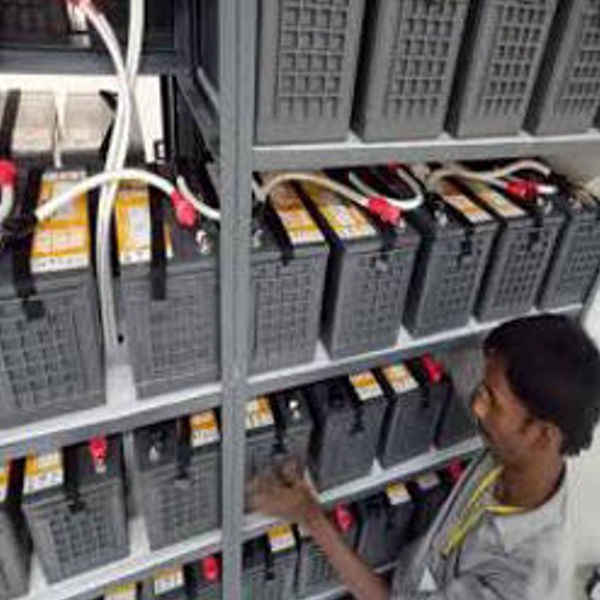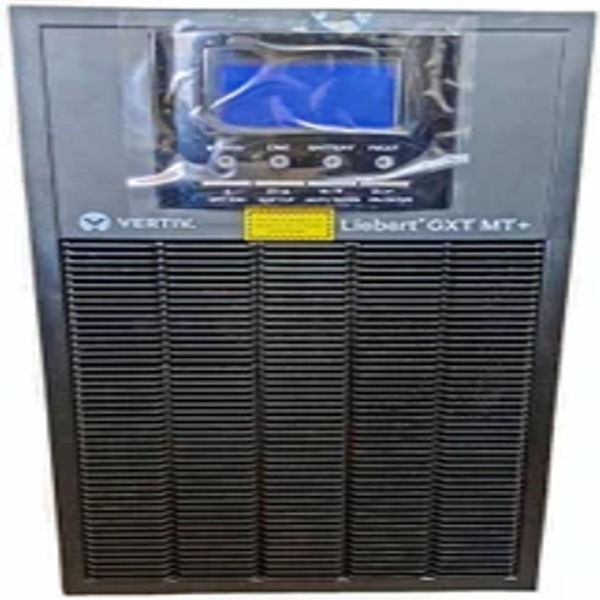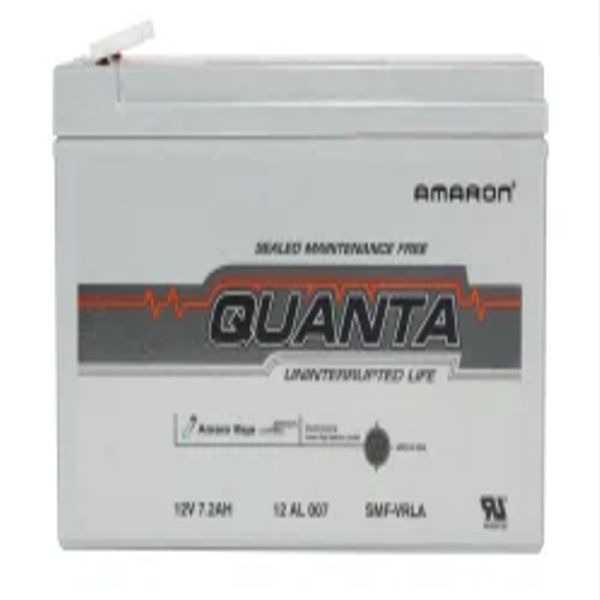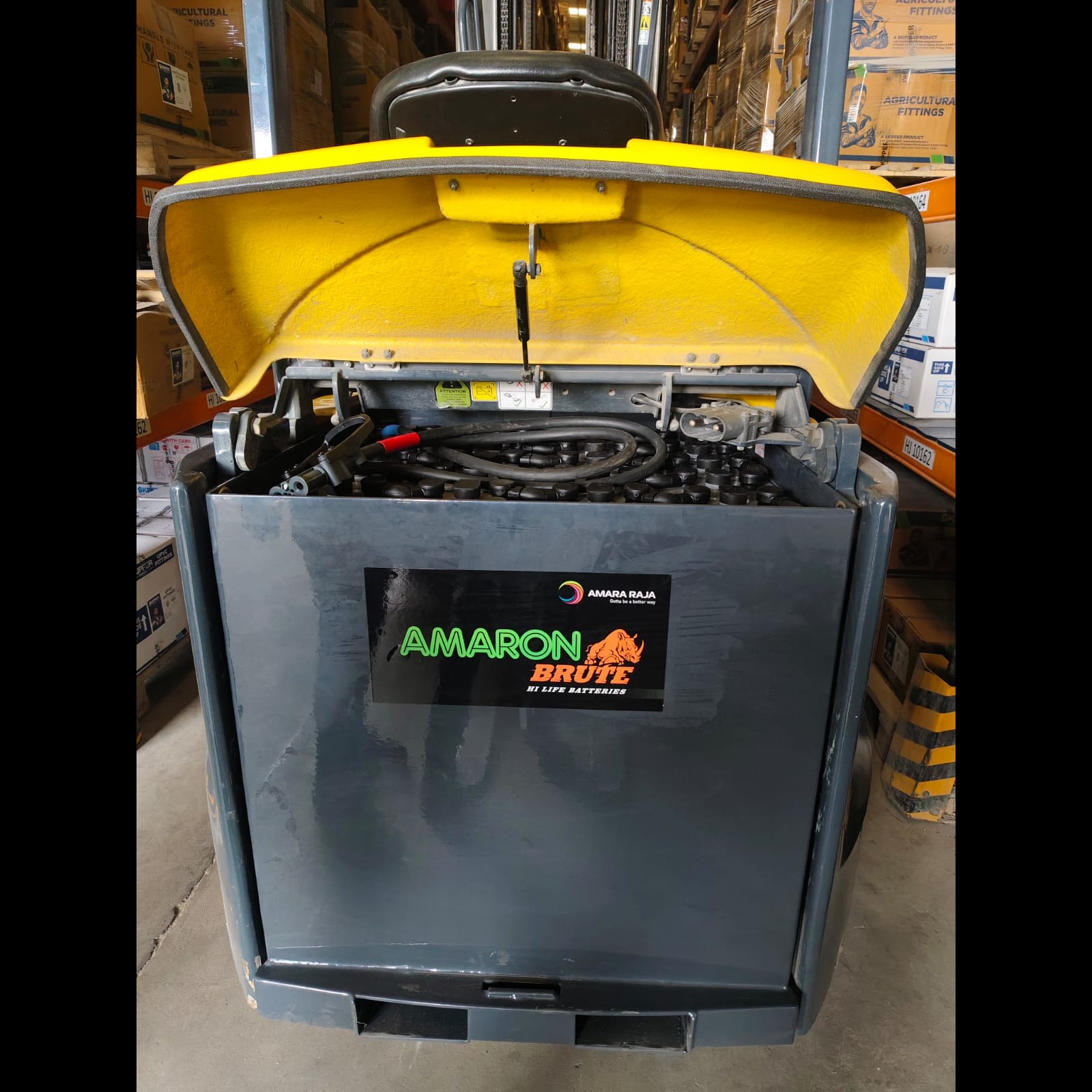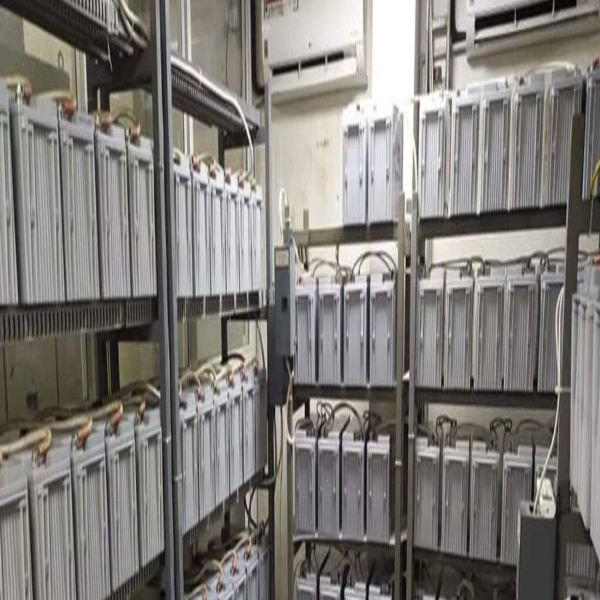
Maintenance Tips for UPS Systems and Batteries
Maintaining your Uninterruptible Power Supply (UPS) system and its batteries is crucial for ensuring reliable performance and extending their lifespan. Here are some essential maintenance tips:
1. Regular Inspection
Visual Checks: Inspect the UPS and batteries for any signs of physical damage, leaks, or corrosion.
Connections: Ensure that all connections are secure and free from dust and corrosion.
2. Battery Maintenance
Battery Testing: Regularly test the batteries for capacity and performance. Use a battery tester to check voltage and load.
Clean Terminals: Keep battery terminals clean and free from corrosion. Use a mixture of baking soda and water to clean any corrosion, and ensure terminals are dry before reconnecting.
Check Electrolyte Levels: For flooded lead-acid batteries, check the electrolyte levels regularly and top up with distilled water as needed.
3. Environmental Considerations
Temperature Control: Keep the UPS and batteries in a cool, dry environment. High temperatures can reduce battery life significantly.
Ventilation: Ensure proper ventilation around the UPS to prevent overheating. Avoid placing it in enclosed spaces without airflow.
4. Regular Testing
Self-Test: Perform regular self-tests to ensure the UPS is functioning correctly. Most UPS systems have a built-in self-test feature.
Load Testing: Conduct load tests periodically to ensure the UPS can handle the required load during a power outage.
5. Firmware and Software Updates
Keep Software Updated: Regularly check for and install firmware updates for your UPS. This can improve performance and security.
Monitoring Software: Use UPS monitoring software to track performance metrics and receive alerts for any issues.
6. Battery Replacement
Follow Manufacturer Guidelines: Replace batteries according to the manufacturer\'s recommendations, typically every 3-5 years for lead-acid batteries.
Dispose of Batteries Properly: Follow local regulations for the disposal of batteries to ensure environmental safety.
7. Load Management
Avoid Overloading: Ensure that the total load connected to the UPS does not exceed its rated capacity. This can lead to overheating and reduced battery life.
Balanced Load: Distribute the load evenly across all outlets to prevent any single outlet from being overloaded.
8. Documentation
Keep Records: Maintain a log of maintenance activities, battery replacements, and any issues encountered. This can help in troubleshooting and planning future maintenance.
9. Professional Maintenance
Schedule Professional Inspections: Consider having a qualified technician perform regular inspections and maintenance, especially for larger UPS systems.
10. User Training
Educate Staff: Train staff on the proper use and maintenance of the UPS system, including how to respond in case of a power outage.
Keywords
35 years
maintenance tips
batteries maintaining
ups system
ups systems
rated capacity
distilled water
power outage
issues encountered
records maintain
overloaded 8 documentation
single outlet
receive alerts
functioning correctly
enclosed spaces
baking soda
check voltage
improve performance
ensure terminals
load evenly
required load
battery tester
software updates
corrosion connections ensure
ups monitoring software
leadacid batteries dispose
battery terminals clean
load clean terminals
track performance metrics
ensuring reliable performance
total load connected
install firmware updates
security monitoring software
manufacturers recommendations typically
electrolyte levels regularly
physical damage leaks
